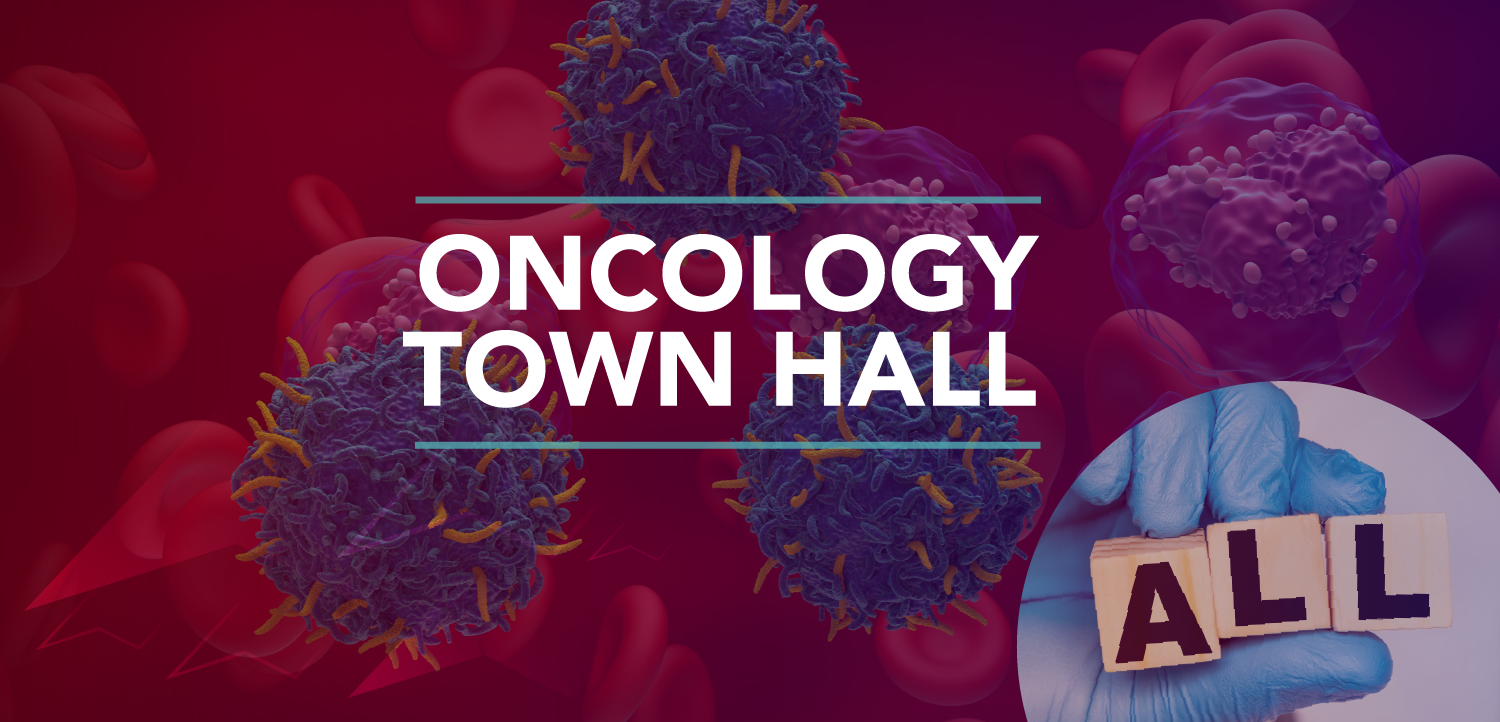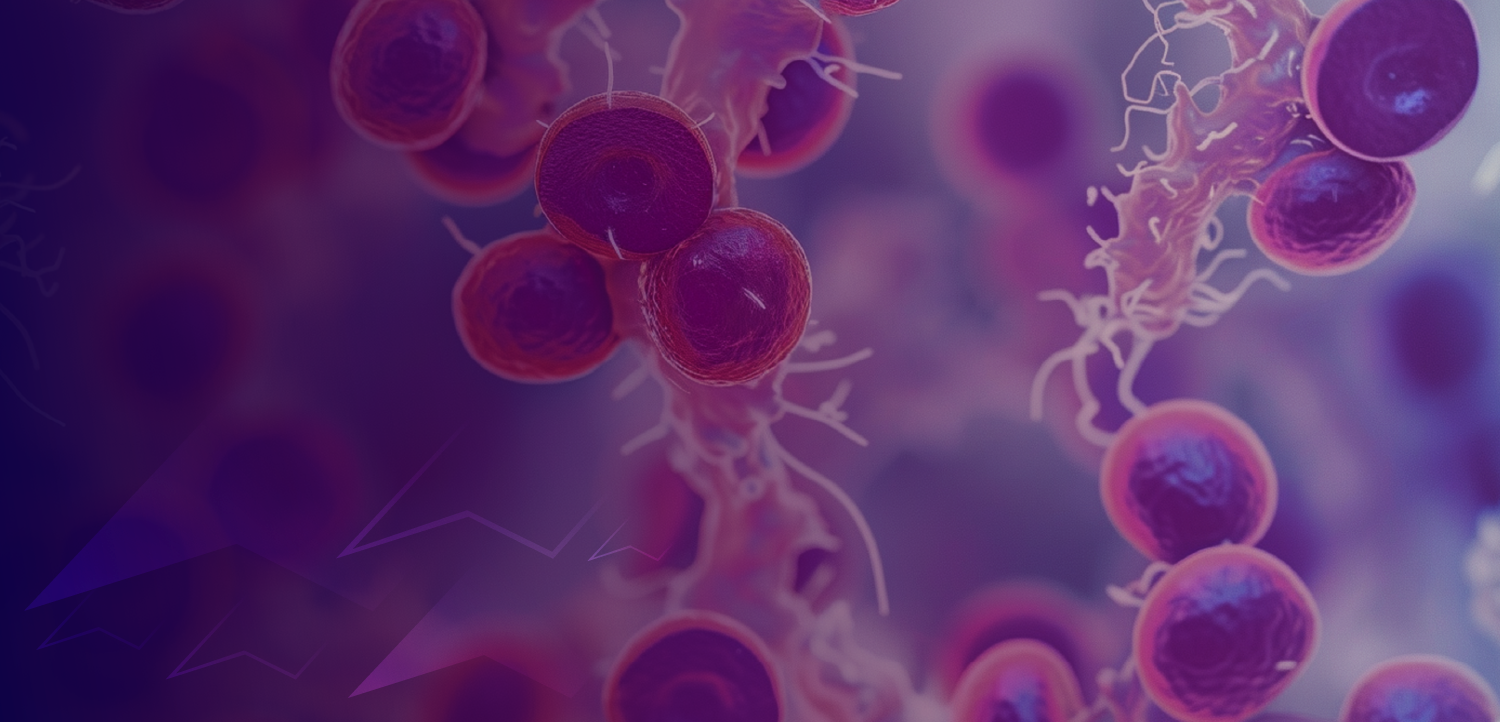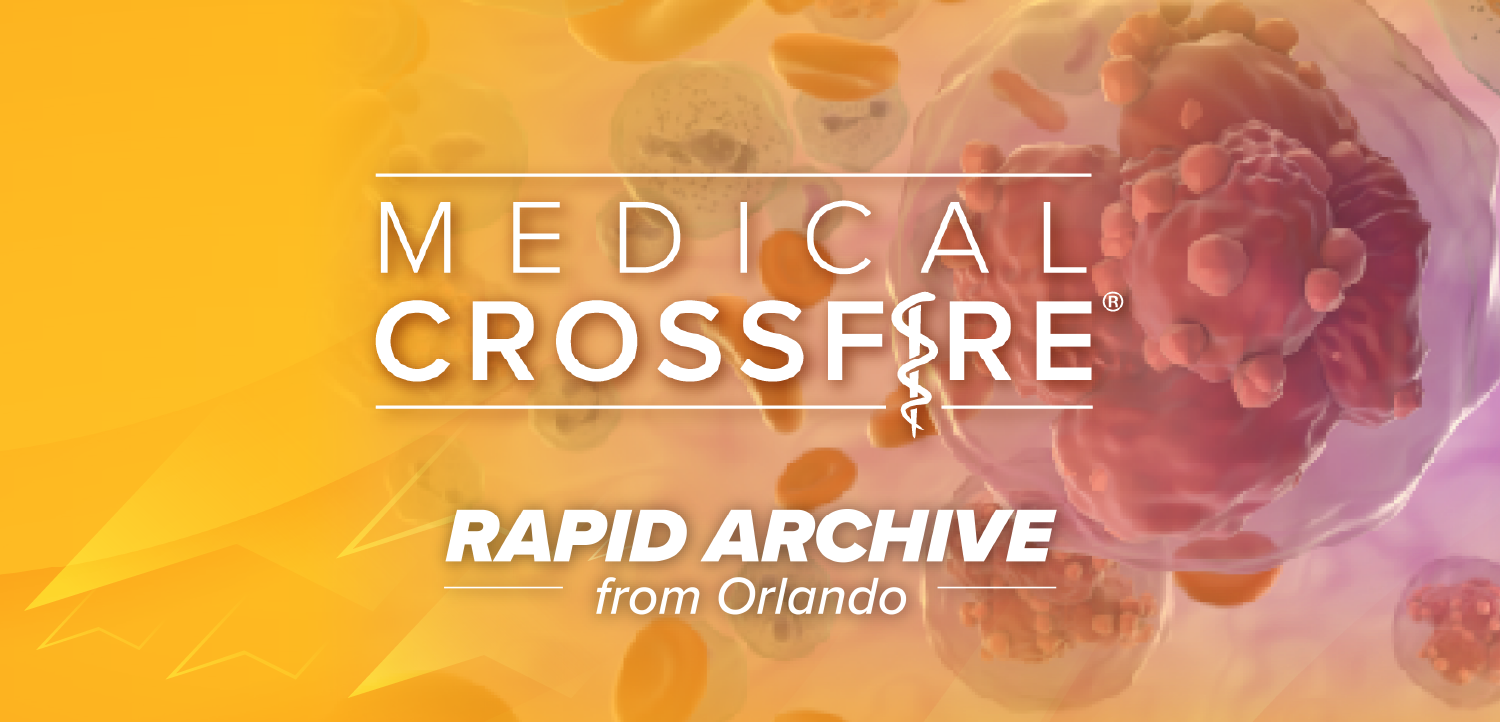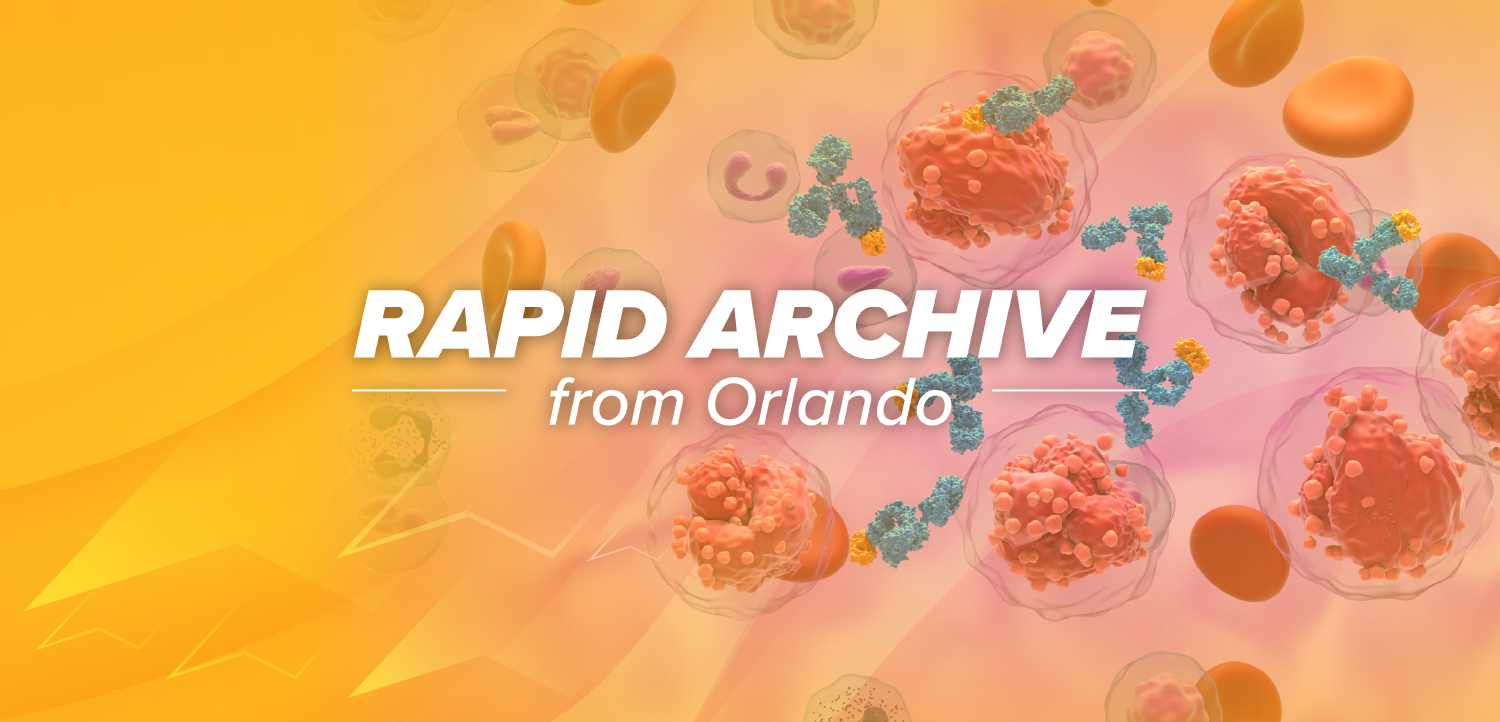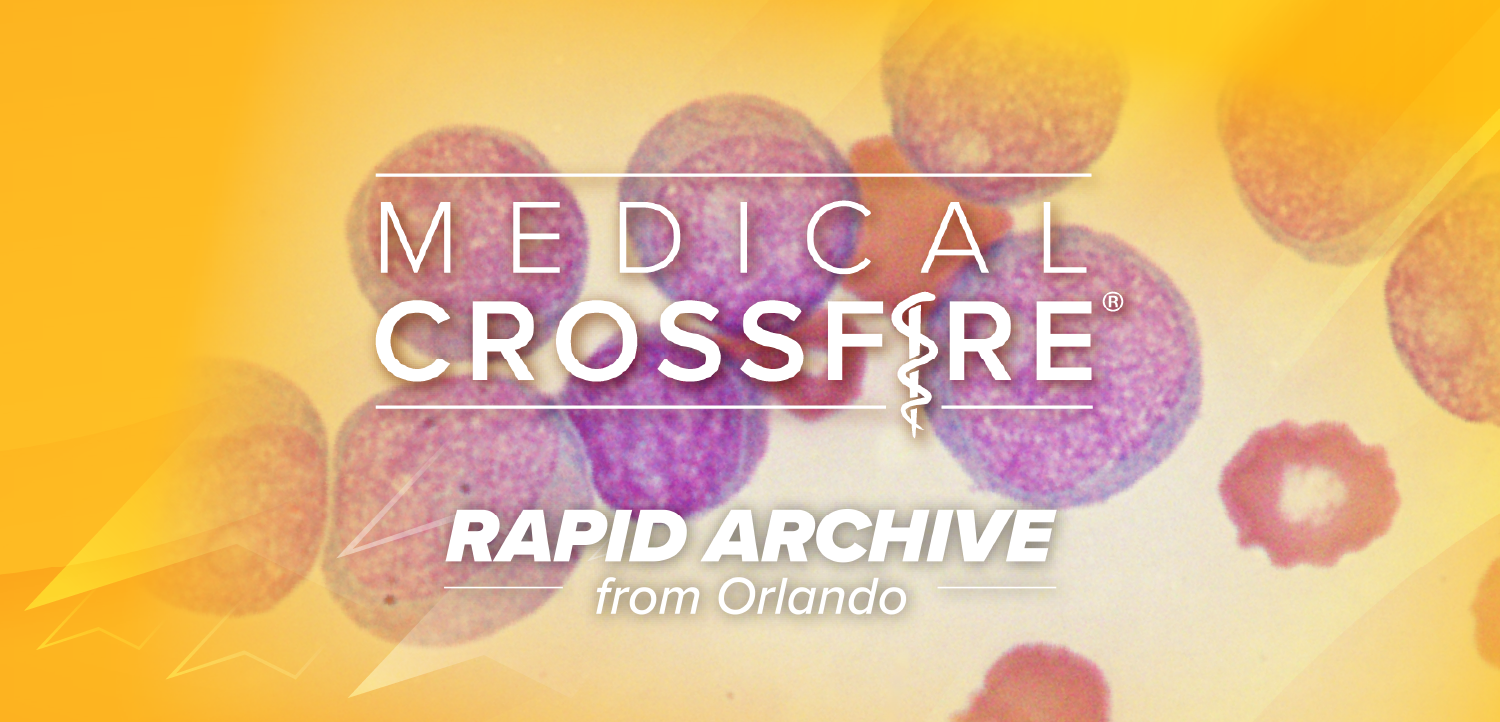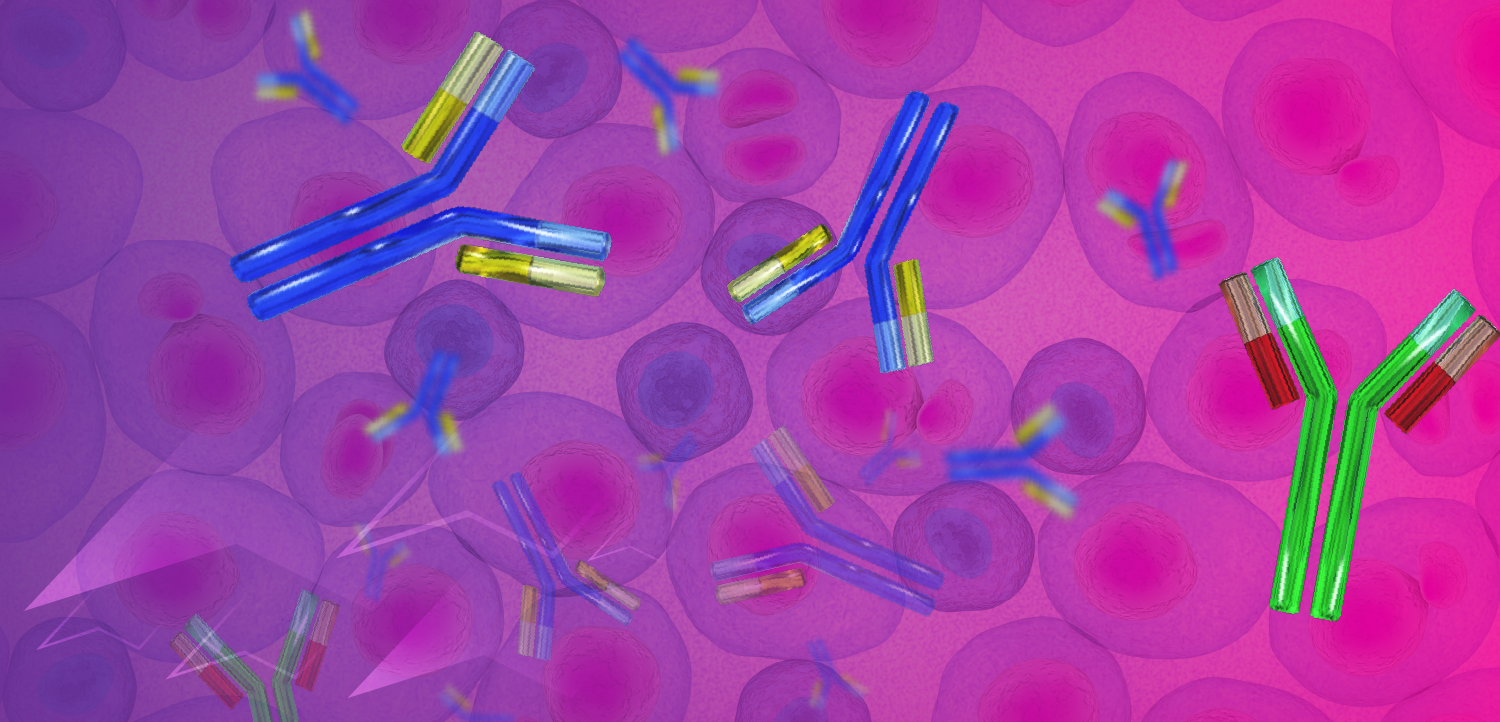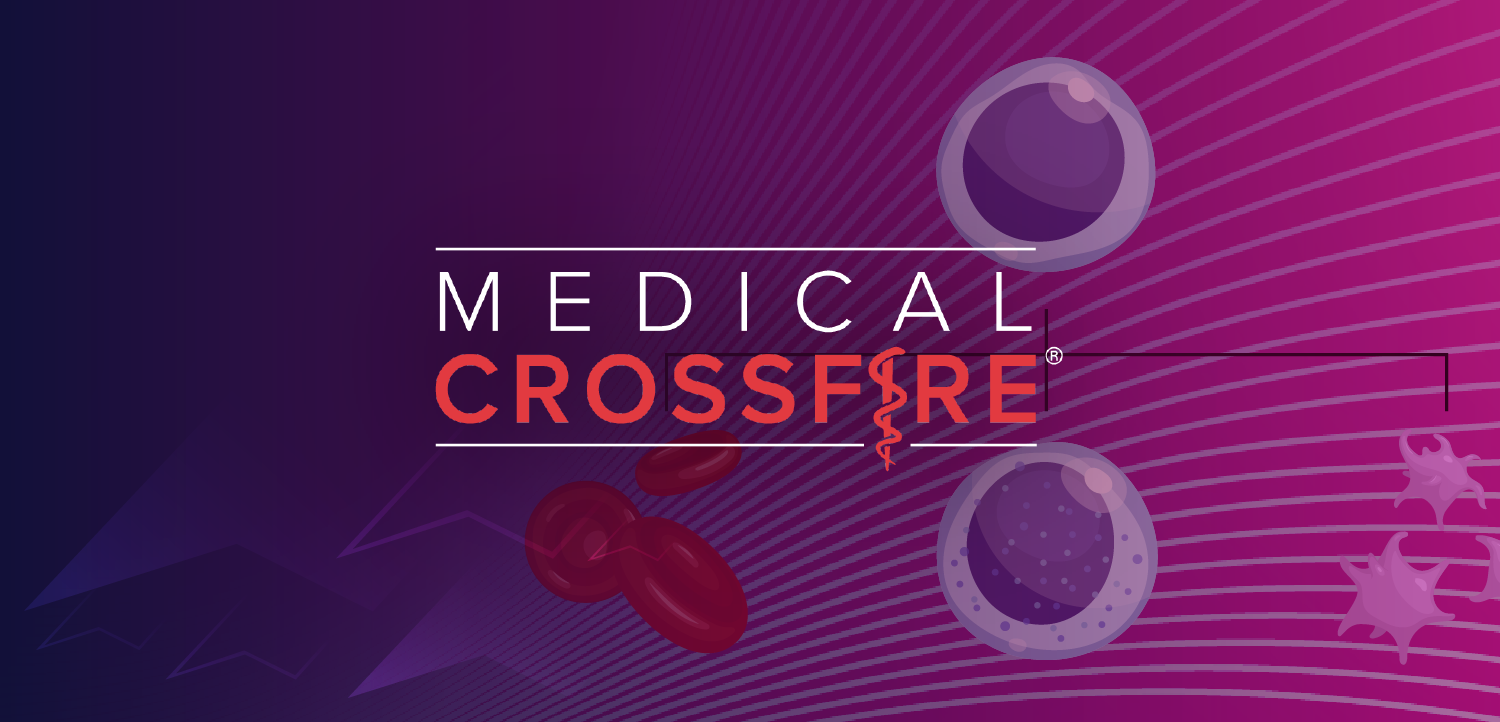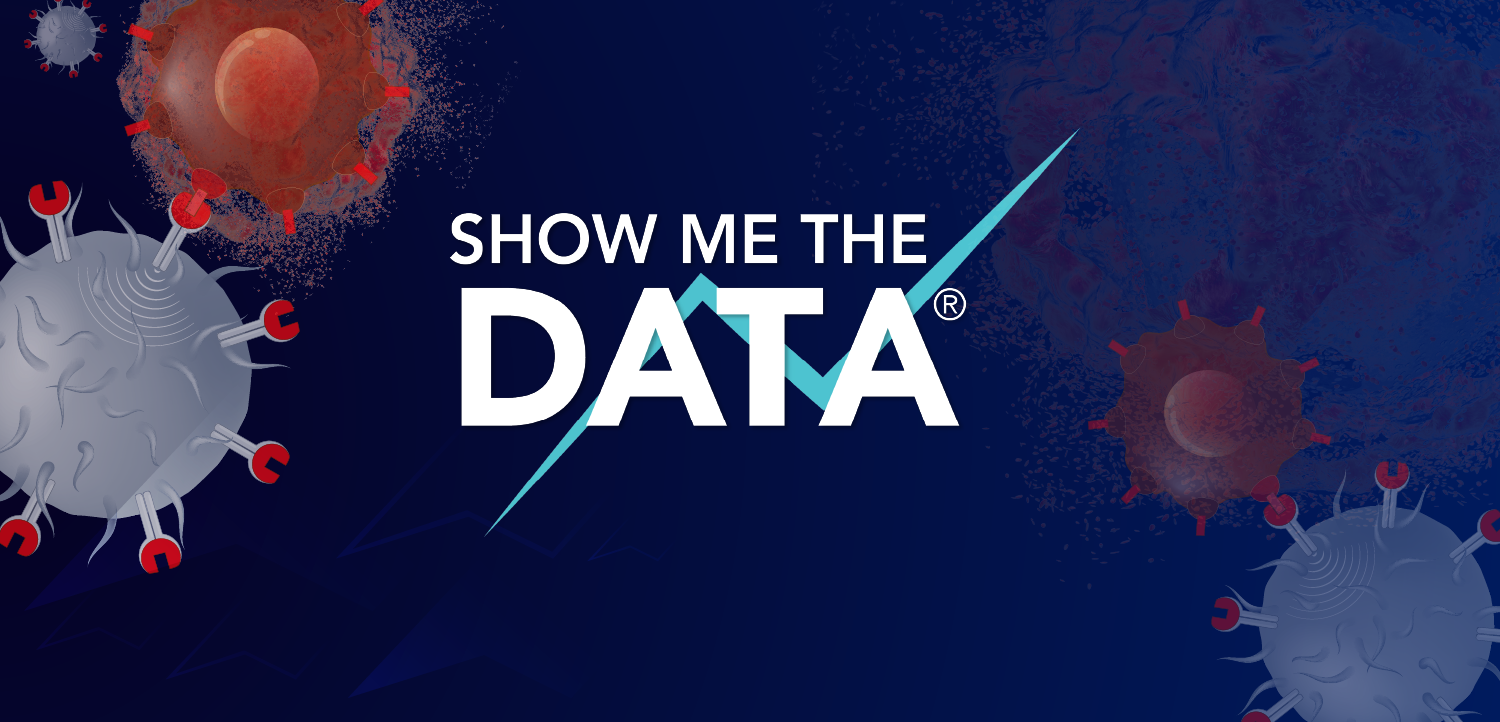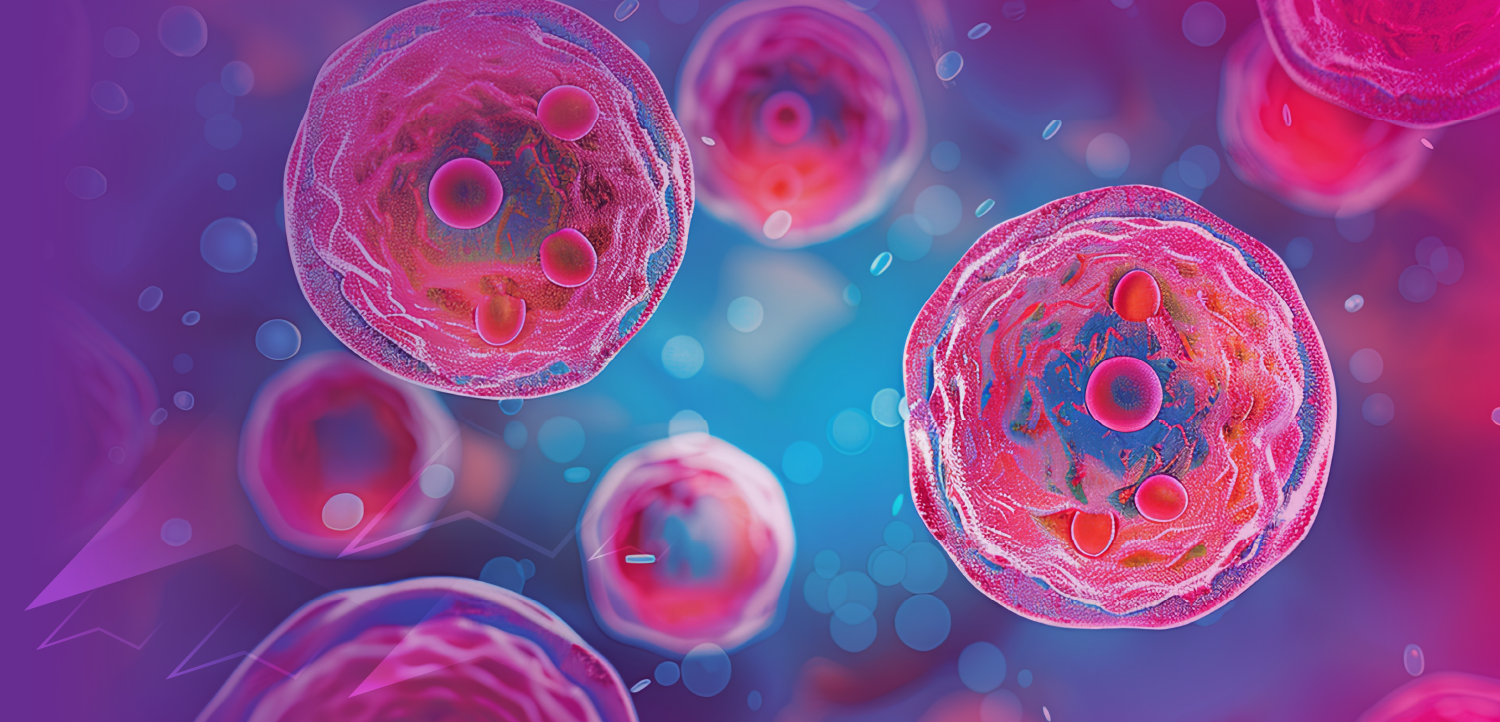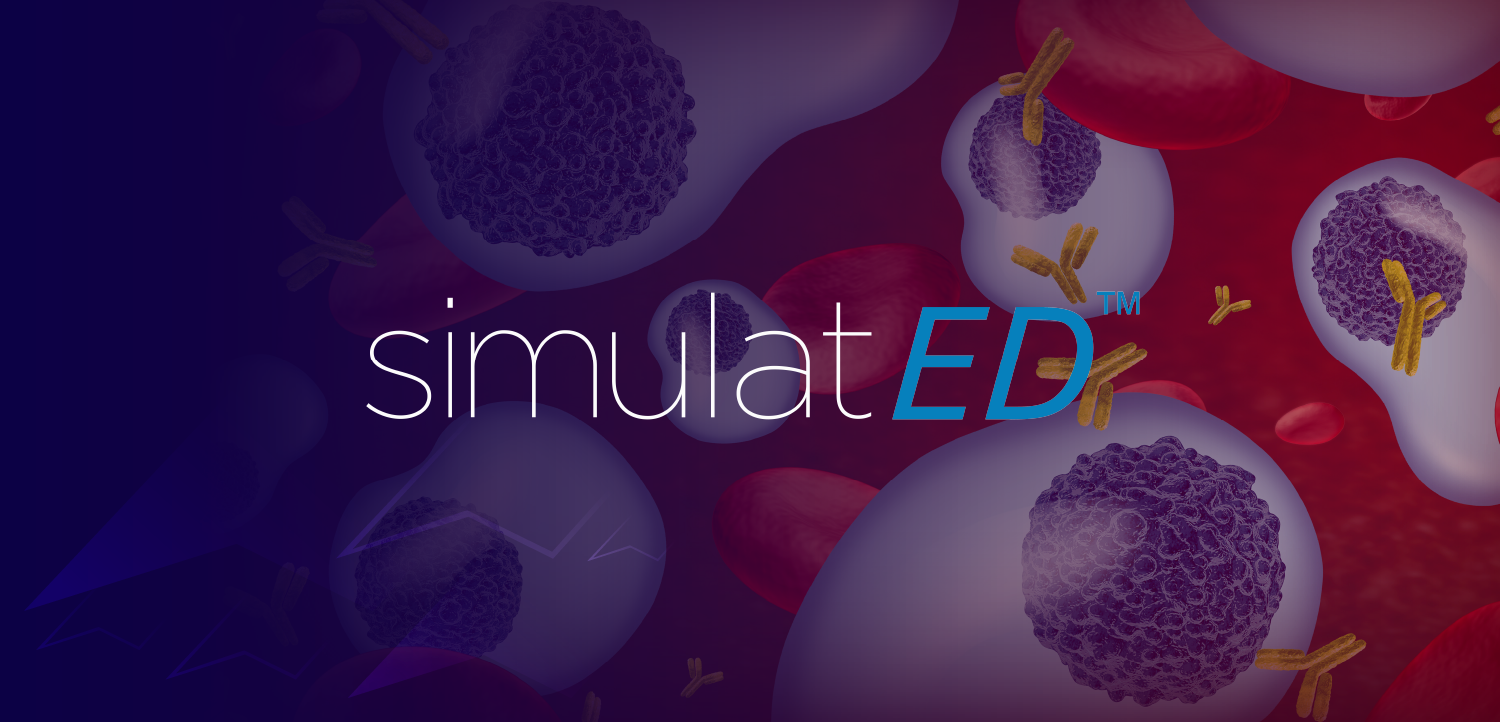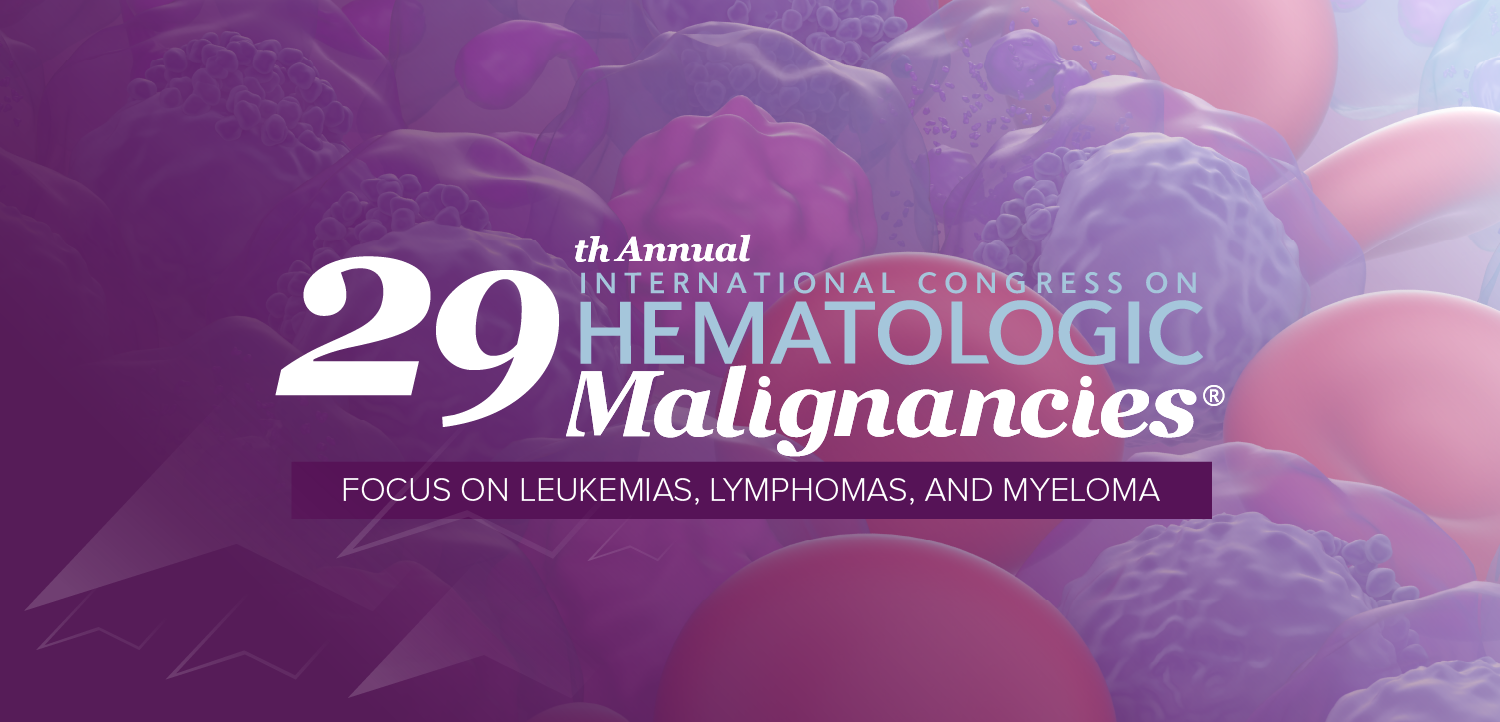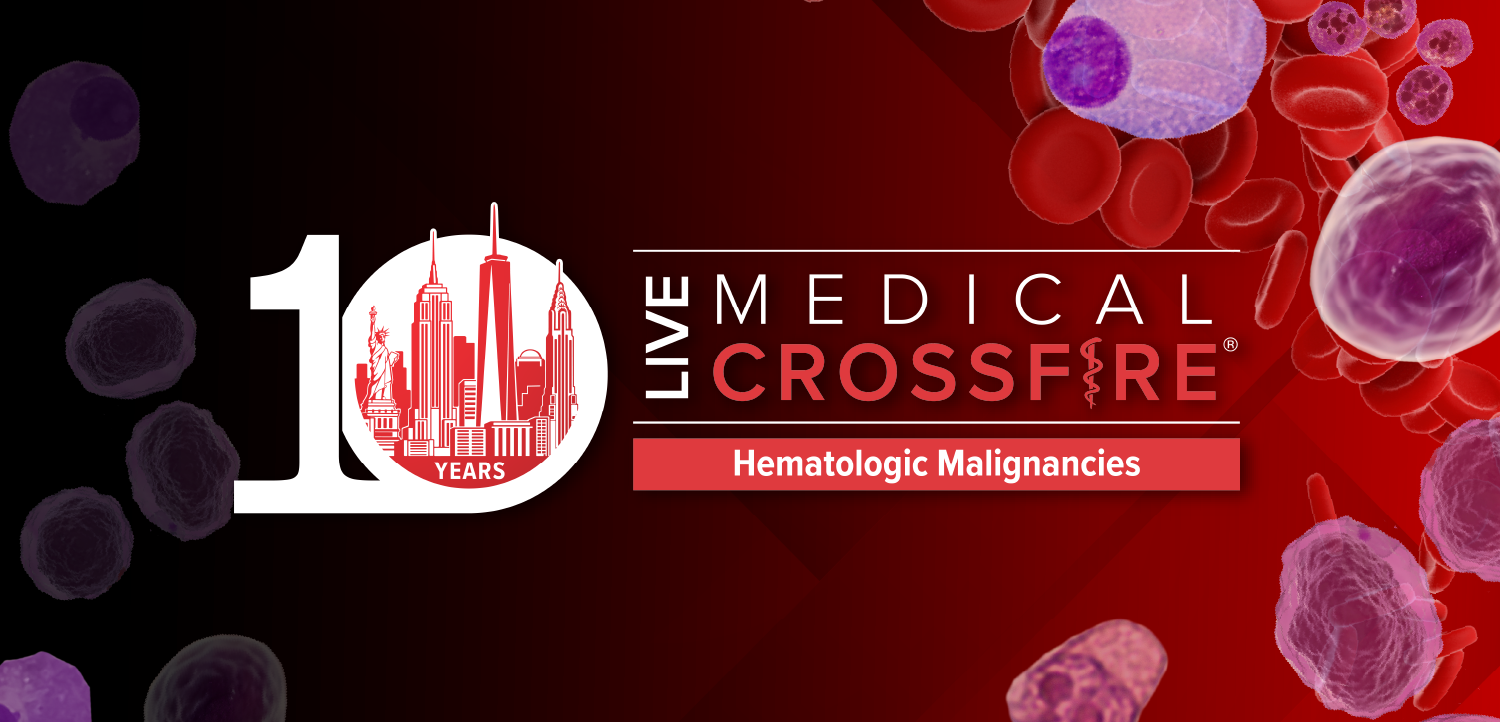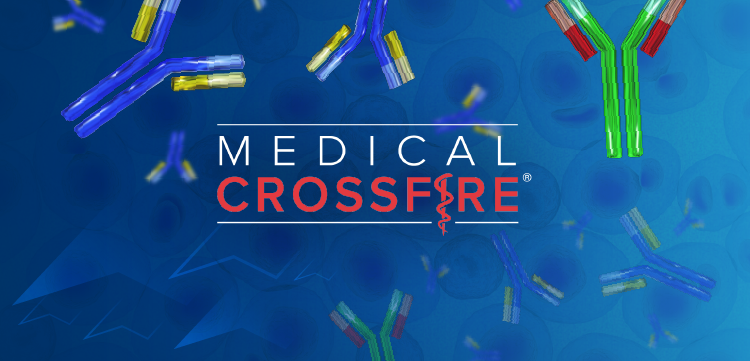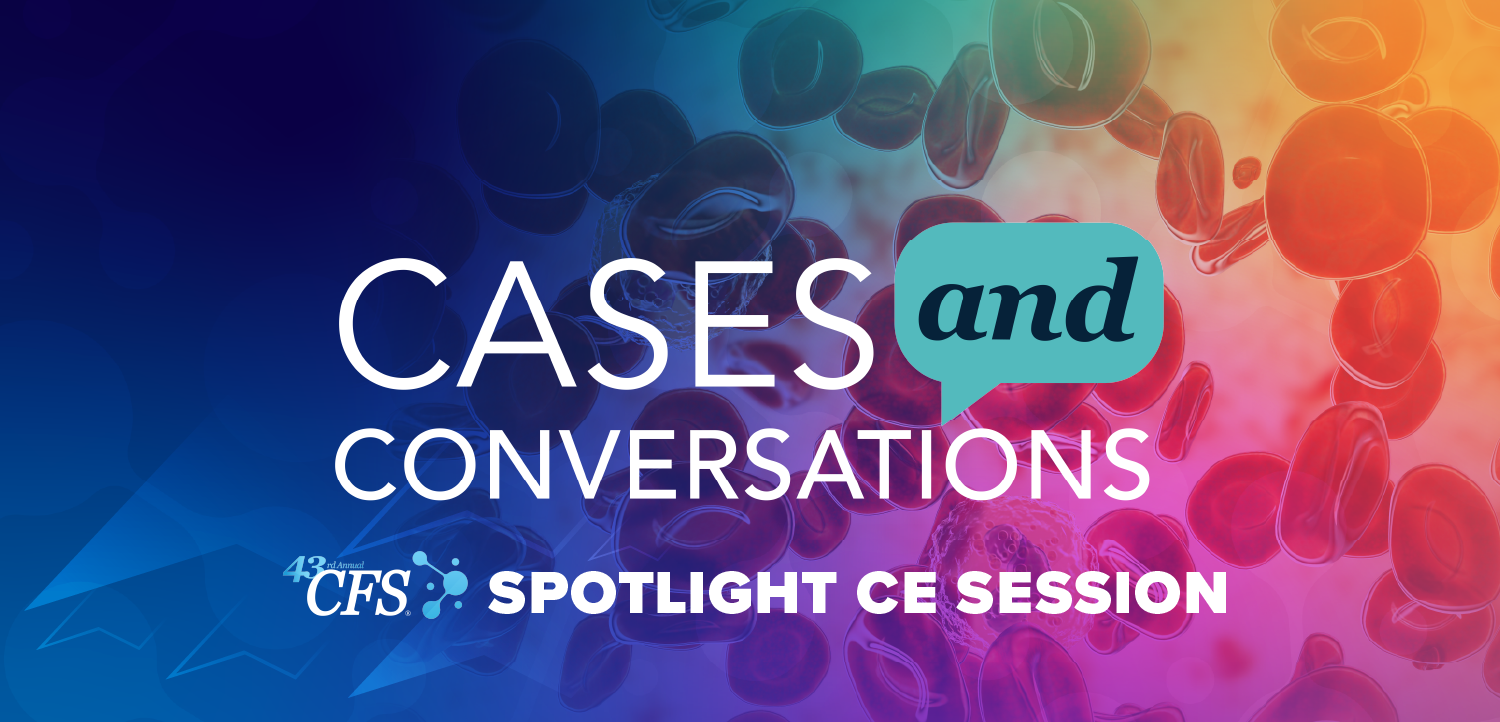
Elevated CD99 Cell Surface Protein in AML Represent a New Investigational Target for Therapy
Stem cells that give rise to acute myeloid leukemia (AML) and myelodysplastic syndrome (MDS) express higher levels of the CD99 cell surface protein-sugar molecule than normal stem cells.
Stem cells that give rise to acute myeloid leukemia (AML) and myelodysplastic syndrome (MDS) express higher levels of the CD99 cell surface protein-sugar molecule than normal stem cells, according to research
Based on that finding, the researchers engineered CD99-targeting monoclonal antibodies (mAb) to attack CD99-rich AML cells, but not healthy cells in cell line and mouse AML xenograft experiments, they reported.
“Our findings not only identify a new molecule expressed on stem cells that drive these human malignancies, but we show that antibodies against this target can directly kill human AML stem cells,”
In AML and MDS, pathogenic stem cells play a key role in disease and eradication of stem cells is a necessary to cure each disease.
“Given the high frequency of aberrant CD99 expression in our series of AML and MDS cases and the fact that these cases were not selected with previous knowledge of their cytogenetic and mutational profiles, our studies suggest that CD99 is likely to be an exploitable therapeutic target in most AML and MDS patients.”
It is not yet clear why mAb attachment to CD99 molecules and subsequent increases in SRC-family kinase enzymes lead to the death of leukemic cells. The study authors speculate that CD99 might inhibit cancer cell apoptosis.
“Although we do not expect all myeloid leukemias to be sensitive to this single strategy, we speculate that it may be possible to enhance the efficacy of anti-CD99 mAbs by combining their direct cytotoxic activity with other strategies, including conjugation with cytotoxic adducts or the derivation of bispecific antibodies to simultaneously target other leukemia-associated antigens or recruit cytotoxic T cells,” the authors reported.
Newsletter
Stay at the forefront of cutting-edge science with CGT—your direct line to expert insights, breakthrough data, and real-time coverage of the latest advancements in cell and gene therapy.






